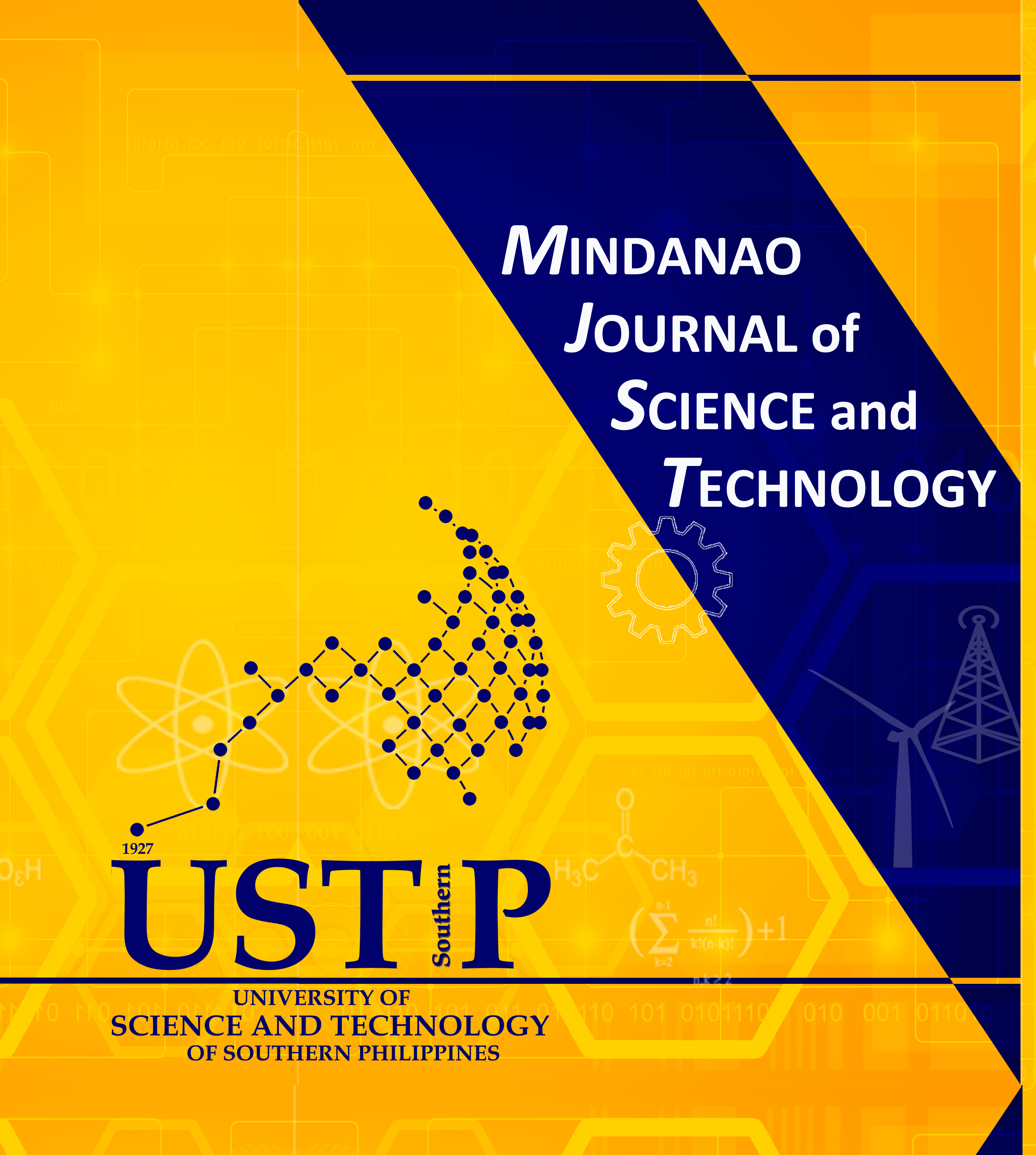Effects of Urea-Molasses, Maize Bran, and Ipil-ipil Leaf Meal on the Quality of Cogon Grass Silage at Different Harvesting Intervals
DOI:
https://doi.org/10.61310/mjst.v22i2.2183Keywords:
cogon grass, maize bran, harvesting intervals, Ipil-ipil leaf meal physicochemical analysis, urea molassesAbstract
The study examines how varying harvesting intervals and processing methods affect the physicochemical and nutritional properties of Cogon grass (Imperata cylindrica Linn) silage. Its goal is to determine optimal practices for improving silage quality and nutritional value to support sustainable livestock feeding in tropical regions. A Completely Randomized Design (CRD) was used, with four treatments based on harvesting intervals (20, 25, 30, and 35 days) and three replications per treatment. Cogon grass silages were enhanced with 2.1% urea molasses, 5.12% maize bran, and 8.9% Ipil-ipil (Leucaena leucocephala) leaf meal to improve fermentation and nutrition. The 20-day interval (T1) had the highest dry matter (DM, 39.1%) and crude protein (CP, 9.25%), while the 35-day interval (T4) had the lowest (30.2% DM, 5.66% CP). Neutral detergent fiber (NDF) was highest in T1 (78.0%) and lowest in T3 (76.8%). Gross energy ranged from 4606 to 4832 cal/g, with no significant differences. Silage pH decreased with longer harvest intervals, with T4 recording the lowest pH (4.64), indicating better fermentation. Total soluble solids (TSS) were highest in T1 (0.80 °Brix) and lowest in T4 (0.12 °Brix). Sensory evaluations showed silages harvested at 20 and 25 days (T1 and T2) were most acceptable in color, odor, and moisture. Harvesting Cogon grass at 20–25 days and supplementing with urea molasses, maize bran, and Ipil-ipil leaf meal produced high-quality silage with enhanced nutrition and fermentation, offering a sustainable feeding strategy for tropical livestock.










